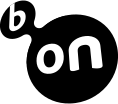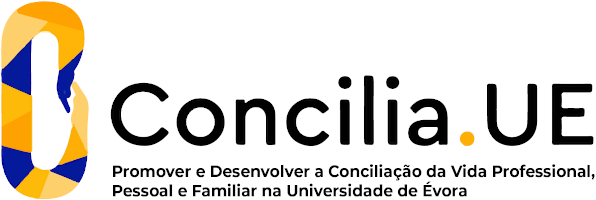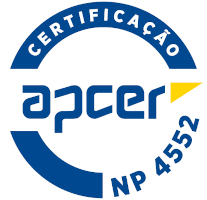2025
Foundations of Training and Health Benefits in Physical Education and School Sports
Name: Foundations of Training and Health Benefits in Physical Education and School Sports
Code: DES15865M
3 ECTS
Duration: 15 weeks/78 hours
Scientific Area:
Human Kinetics
Teaching languages: Portuguese
Languages of tutoring support: Portuguese, English, Spanish
Regime de Frequência: Presencial
Sustainable Development Goals
Learning Goals
This course covers the teaching of topics associated to the development of physical fitness and of healthy lifestyles related to physical activity (PA).
The student must:
1. Know the main benefits of PA for young people and be able to integrate and develop this subject in the curriculum in physical education (PE)
2. Know and be able to plan strategies to promote the regular practice of physical activities
3. Know the international recommendations of PA for children and young people and develop facilitative teaching skills for obtaining the desired levels of PA
4. To contextualize the importance of the various motor skills in PE and School Sport (SS)
5. Know and be able to apply the training principles in PE and SS
6. To plan, implement and evaluate the development of motor skills throughout the school year in PE and Sport School
The student must:
1. Know the main benefits of PA for young people and be able to integrate and develop this subject in the curriculum in physical education (PE)
2. Know and be able to plan strategies to promote the regular practice of physical activities
3. Know the international recommendations of PA for children and young people and develop facilitative teaching skills for obtaining the desired levels of PA
4. To contextualize the importance of the various motor skills in PE and School Sport (SS)
5. Know and be able to apply the training principles in PE and SS
6. To plan, implement and evaluate the development of motor skills throughout the school year in PE and Sport School
Contents
1. Benefits of AF for health, well-being and overall development of children and youth
2. International recommendations for the practice of PA in the children and young people
3. Control methods of intensity and amount of PA in PE classes
4. Dose-response relations between PA, physical fitness, and health
5. Barriers and facilitators of PA practice in the children and young people
6. The process of training and competition for children and young people: main methodological, pedagogical, and ethical aspects
7. Application of the principles of sport training in PE and SS.
8. Development of motor skills in children and young: speed, strength, endurance, and flexibility; coordinative capabilities
9. Planning physical fitness development, considering the main PE constraints (e.g., week PE schedules, academic periods, curriculum extension)
10. Evaluation methods of physical fitness / motor skills, including the battery of "Fitescola"
2. International recommendations for the practice of PA in the children and young people
3. Control methods of intensity and amount of PA in PE classes
4. Dose-response relations between PA, physical fitness, and health
5. Barriers and facilitators of PA practice in the children and young people
6. The process of training and competition for children and young people: main methodological, pedagogical, and ethical aspects
7. Application of the principles of sport training in PE and SS.
8. Development of motor skills in children and young: speed, strength, endurance, and flexibility; coordinative capabilities
9. Planning physical fitness development, considering the main PE constraints (e.g., week PE schedules, academic periods, curriculum extension)
10. Evaluation methods of physical fitness / motor skills, including the battery of "Fitescola"
Teaching Methods
The curricular unit includes theoretical-practical classes (TP) that reinforce the knowledge about the subjects and enhance its applicability in school context. In TP classes it is used the analysis of the normative documents of EF school, the simulated teaching practice, micro-teaching situations and analysis of data obtained from the observation of teaching practice in a real context. The questioning and discussion of ideas will be privileged in order to promote greater student participation, as well as monitor their acquisition of knowledge. The Moodle platform will be used to support the course unit.
Assessment
Continuous assessment is the recommended system and will include a written assessment test (50%) and an individual/group work (50%) with practical theoretical elements that will have to be presented and discussed orally.
The final evaluation comprises a written assessment test (50%) and an individual/group assignment (50%) with theoretical and practical elements that will have to be presented and discussed orally.
To successfully complete the course unit, students must have a minimum score of 10 values in each of these assessment components.
The final evaluation comprises a written assessment test (50%) and an individual/group assignment (50%) with theoretical and practical elements that will have to be presented and discussed orally.
To successfully complete the course unit, students must have a minimum score of 10 values in each of these assessment components.





















